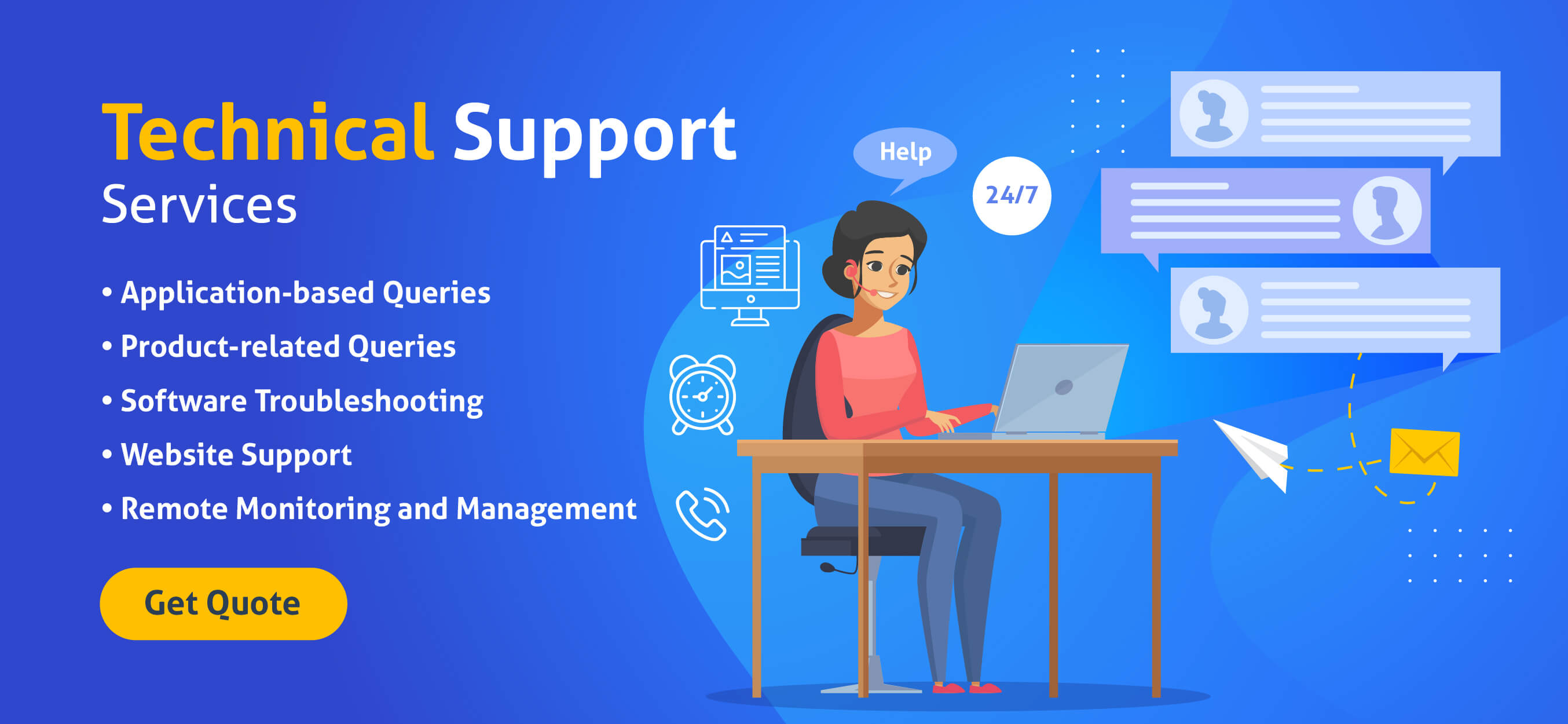In the current fast-paced business environment, the performance of IT services has never been more important. Organizations rely heavily on technology to streamline operations, boost productivity, and maintain a competitive edge. From overseeing complex cloud infrastructures to implementing robust cybersecurity measures, the effectiveness of IT services directly impacts a company's ability to reach its goals. Grasping the key metrics for measuring IT service performance can empower businesses to make knowledgeable decisions that ultimately lead to greater efficiency and growth.
While businesses navigate the constantly changing landscape of technology, they face a multitude of challenges, including managing in-house IT resources versus opting for managed IT services. With the rise of remote work and the growing importance of data protection, companies must prioritize their IT strategies to safeguard their operations and customer data. This article will explore crucial metrics that can help organizations measure IT service performance, enhance overall efficiency, and ensure they are adequately positioned to adapt to upcoming trends in the IT sector.
Grasping IT Services
IT services encompass numerous forms of technological support and solutions that businesses rely on to operate effectively and stay competitive. These services can comprise various offerings ranging from managed IT services, which provide comprehensive support and proactive system management, to particular support roles such as network administration, cybersecurity, and data management. Understanding what IT services include is important for businesses seeking to leverage technology for growth and sustainability.
One important aspect of IT services is their capability to enhance business efficiency. By utilizing professional IT support, companies can simplify operations, improve their workflows, and ensure that their technology infrastructure is operating effectively. This not only reduces downtime but also allows employees to focus on their core responsibilities rather than troubleshooting technology issues. Moreover, effective IT services can help organizations adapt to new technologies and market changes, making them more flexible in the face of change.
As businesses assess their IT requirements, they must acknowledge the distinction between in-house IT teams and managed IT service providers. In-house teams may provide a more personalized approach and direct oversight, while managed services can provide scalability, specialized expertise, and cost-effective services that enable businesses to focus on their strategic goals. Ultimately, grasping IT services is essential for making informed choices that align technology with business aspirations.
Enhancing Corporate Productivity through IT Support
In today's dynamic corporate environment, the role of IT support has become vital in improving overall efficiency. With tech advancing rapidly, organizations must leverage IT solutions to optimize their operations. By incorporating advanced tools and solutions, businesses can streamline repetitive tasks, which not only conserves time but also allows employees to focus on core functions that drive growth. This move towards efficient workflows leads to enhanced productivity and a more effective allocation of resources.
Furthermore, effective IT assistance contributes significantly to minimizing downtime, which is vital for maintaining business operations. Routine maintenance and prompt technical support secure that systems remain operational and any challenges are swiftly resolved. This proactive approach mitigates the risk of productivity losses due to technical failures, allowing businesses to sustain a steady pace and meet their goals without unnecessary interruptions.
Also, IT support plays a key role in enhancing collaboration within teams. With the implementation of cloud-based services and collaboration tools, employees can interact and share information seamlessly, regardless of their location. This availability supports remote work and encourages a more flexible working environment. Ultimately, investing in IT support not only boosts operational efficiency but also promotes a culture of creativity and collaboration that can propel businesses forward.
Information Security and Data Protection Strategies
To effectively safeguard IT services, businesses must adopt robust cybersecurity measures that deal with both existing and new threats. This starts with a comprehensive threat evaluation to detect vulnerabilities within the organization's IT framework. Consistently updating software and hardware, alongside timely patch management, ensures that systems stay resilient against exploitation. Additionally, training employees on recognizing phishing attempts and additional social engineering tactics is crucial, as mistakes made by humans remains one of the primary entry points for cyber threats.
Data protection strategies are equally important in maintaining business continuity during potential cybersecurity breaches. Wollongong Managed IT Services should utilize encryption techniques to safeguard sensitive information, both at rest and in transit. Employing multi-factor authentication adds an additional layer of security, making it significantly harder for unauthorized users to access vital systems. Beyond preventive measures, businesses must also have a clearly defined response plan to manage incidents successfully, which includes defining roles, communication protocols, and recovery procedures.
Finally, routine security audits and compliance checks are essential for maintaining a solid cybersecurity posture. These audits help in identifying gaps in security practices and ensuring that the organization adheres to necessary regulations and standards. Utilizing managed IT services can also enhance a company’s cybersecurity efforts by providing access to expert teams that can monitor systems continuously, respond to threats in real time, and implement cutting-edge security solutions. This proactive stance not only safeguards data but also fosters trust among customers and stakeholders, strengthening the organization's reputation in the industry.

